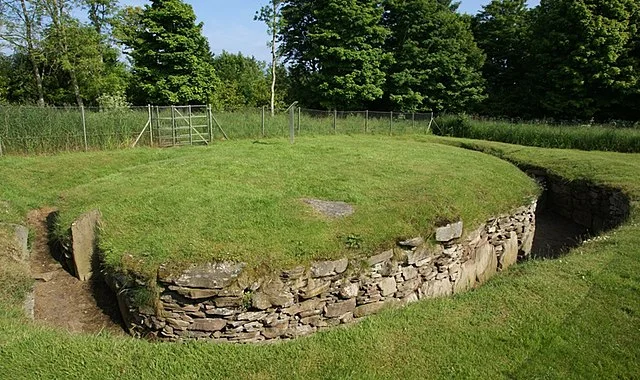Tealing Earth House is an ancient underground structure located near Dundee in Scotland. It dates back to the Iron Age, approximately between the 1st century AD and 2nd century AD. These structures, known as souterrains, were built across northern Britain and were likely used for storage, protection, or as a refuge.
Get your dose of History via Email
Discovery and Excavation
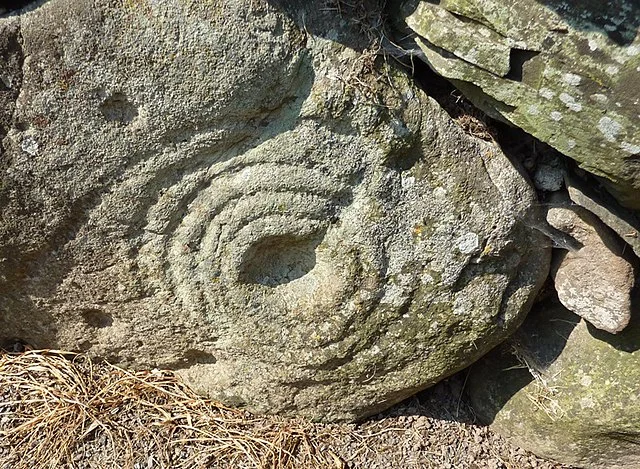
Tealing Earth House was discovered in the early 19th century. In 1859, it was first documented by antiquarian James Neish. Archaeologists later conducted more detailed excavations, uncovering stone walls and a subterranean passage approximately 25 meters long. The walls consist of large stones, skillfully built to form a chamber beneath the earth. The roof was likely made of wooden beams covered by earth, which has since collapsed.
Function of the Earth House
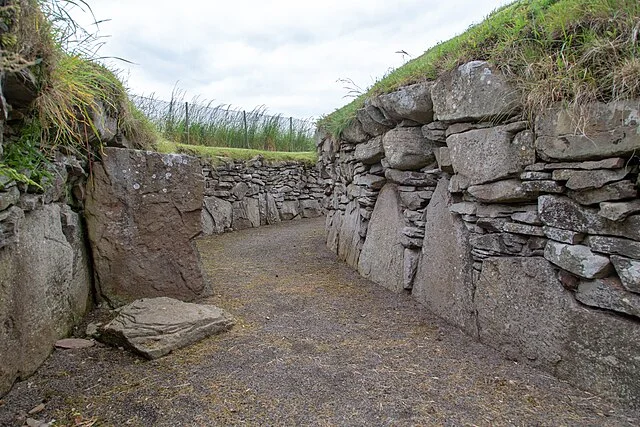
The exact purpose of Tealing Earth House remains debated among historians. Many believe it was used as a food storage area, given the cold, stable environment. Others suggest it might have been a hiding place during times of conflict or used for religious or ritualistic purposes. The lack of domestic items suggests it was not used as living quarters.
Importance in Scottish Archaeology
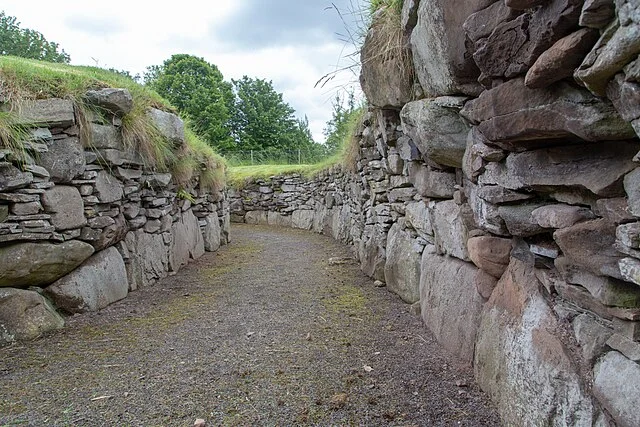
Tealing Earth House is one of the best-preserved examples of a souterrain in Scotland. Its size and construction demonstrate the skill of the builders during the Iron Age. The earth house provides insight into the lives of the people in the region during that time. Many other souterrains have been found in Scotland, but Tealing remains a key site due to its condition and size.
Preservation and Public Access
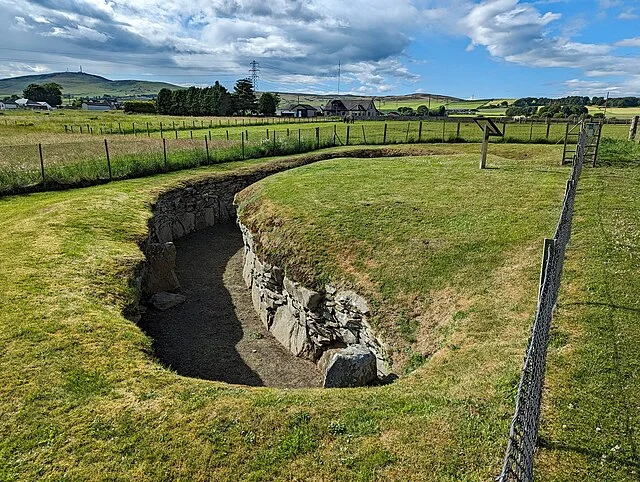
Today, Tealing Earth House is managed by Historic Environment Scotland. The site is open to visitors, although access is restricted to the underground chamber. Preservation efforts focus on maintaining the remaining stone structure and protecting it from further collapse. The site offers a rare glimpse into Scotland’s Iron Age past, making it a valuable educational resource for archaeologists and historians.
Conclusion
Tealing Earth House represents an important archaeological site in Scotland’s history. Its construction and preservation provide valuable insights into Iron Age society, architecture, and possibly its agricultural practices. As one of the better-preserved examples of an earth house, it remains a focal point for the study of Scotland’s ancient past.
Source:

